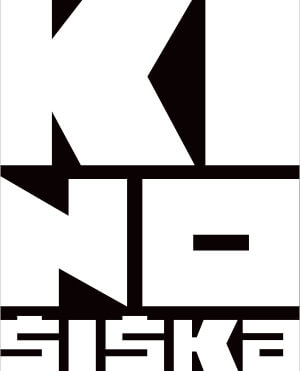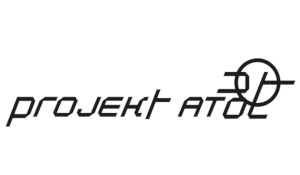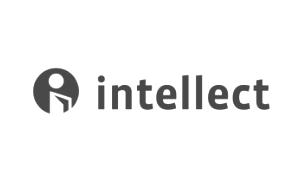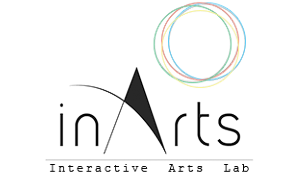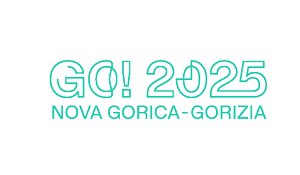BioQuantum Record is a speculative artistic project that reimagines the Golden Record launched by NASA in 1977 aboard the Voyager spacecraft. The post-Voyager concept examines the implications of scientific advancement and contemporary cultural, societal, and philosophical thought. While the Golden Record was designed to communicate the message of humanity to an intelligent extra-terrestrial life, the BioQuantum Record shifts the focus to life itself, proposing that microbial collectives are most likely the first form of extra-terrestrial life we may come in contact with.
This project explores the possibility of molecular communication with these hypothetical extra-terrestrial microorganisms, using the concept of chirality—the "handedness" of molecules. On Earth, life relies on left-handed amino acids and right-handed sugars, but alien life could operate with opposite chirality. This hypothesis of mirror life forms the speculative basis of BioQuantum Records.
The sci-fi narrative of the project proposes sending an artistic prototype hosting biochemical materials and 'a crew' of prokaryotes into space to initiate a chiral handshake with their extra-terrestrial siblings. The crew members are extremophilic archaea, namely, the two species Metallosphaera sedula and Halobacterium salinarum. M. sedula thrives in hot, acidic, metal-rich environments, and can survive in desiccated states. H. salinarum has been isolated from ancient salt crystals, demonstrating its ability to endure geological time. It thrives in high-salinity environments, which are common throughout the solar system.
The design of vessels carrying them into space is informed by the panspermia theory—the idea that life can travel between planets on space debris—serving as a metaphor for life's potential cosmic journey, its resilience, and adaptability, as well as the possibility of seeding extra-terrestrial environments.
By blending real and speculative concepts, scientific research, and experiments with poetic storytelling, the project aims to provoke new ways of thinking about life beyond Earth, and invite discussions on the fragility of planetary ecosystems, possibilities of interstellar encounters, and boundaries between science fiction and scientific reality.
Ultimately, the project is a question, an invitation, and an open-ended experiment: What happens when we send not just a message, but life itself, to the unknown?
Developed during an arts-science residency (November 2024 – February 2025) at the Center for Molecular Biophysics, CNRS – Orléans and École Supérieure d'Art et de Design, hosted by the LE STUDIUM Loire Valley Institute for Advanced Studies (France), this project initially aimed to produce a prototype. The collaboration, however, turned out to be much richer, generating a wealth of material experiments and conceptual expansions, and we are looking at the creation of the entire cosmos surrounding it.
Owing to the high quality of transdisciplinary collaboration, all partners are committed to continuing their shared endeavors. The BioQuantum Record team has co-authored an abstract of the project and received an invitation to present this work at the Biennial European Astrobiology Conference in Reykjavik, Iceland. In addition, production began for exhibiting in Orléans as part of the France Design Week 2025.
On a meta-level, the project functions as a real-time investigation into the dynamics of interdisciplinary collaboration: What is there to gain from arts-science collaborations? What constitutes a successful trans-disciplinary process? Can laboratories serve as artistic studios in which materiality, processes, and experimentation transcend disciplinary boundaries?
In this experimental approach, arts-science partners tackle scientific questions using an artistic narrative by combining and uniting the best of the two worlds. In compliance with scientific quality standards, artistic freedom is given an additional dimension.
Anna Steward is a transdisciplinary multimedia artist. Her practice combines performance, installation, and scientific collaboration, with a focus on microbiology, neurology, and a growing passion for astrobiology. She trained at Arts Educational Schools London in 2000 and initially worked as an actor before shifting to Live Art in 2007. Anna graduated with honours from the Academy of Fine Arts Nuremberg in 2023, where she now lectures. Supported by a scholarship from the Bavarian State Ministry of Science and the Arts, she collaborated with the German Archaea Centre at the University of Regensburg, Germany, where she remains a visiting artist. Her 2024/2025 Arts-Science Residency at the Center for Molecular Biophysics (CBM)–CNRS Orléans and École Supérieure d'Art et de Design Orléans, hosted by LE STUDIUM Loire Valley Institute for Advanced Studies (France), sparked an ongoing partnership with CBM’s Exobiology and Synthetic Protein and Bioorthogonal Chemistry teams. Together, they explore microbes, meteorites, and molecules.
Sebastian Gfellner is a postgraduate researcher in the Exobiology Group at the Center for Molecular Biophysics, CNRS – Orléans, and the University of Orléans (France). His scientific journey from Earth Sciences to Astrobiology started at the University of Vienna (Austria) and continued at the University of Bremen (Germany), with stops at Harvard University (United States) and the University of Liège (Belgium). Primary research focuses on extremophilic microorganisms, their survivability under extreme conditions, and analysis of their biosignatures. His special interest lies in the detection of traces of microbial life on other planetary bodies, particularly on Mars. Through arts-science collaboration, Sebastian found a way to add a transcendental narrative conceptualized by Anna Steward to his research, bridging the two worlds of arts and science.
For more information: https://linktr.ee/sebastian_gfellner
Back

